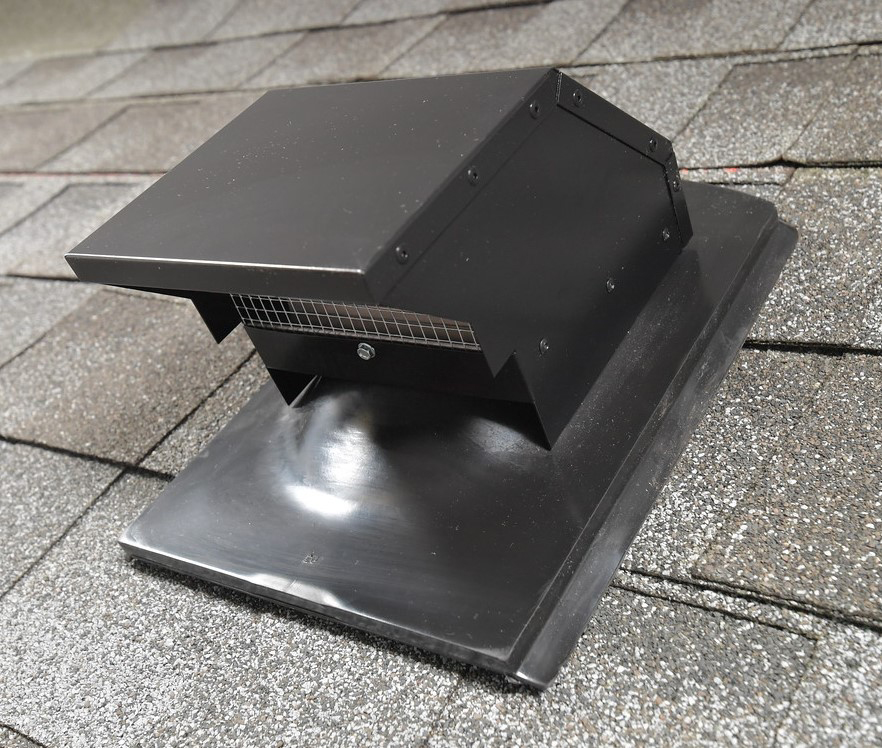Roof flashing is an essential part of your roofing system, designed to prevent water from seeping into vulnerable areas like joints, valleys, and around chimneys or vents. Over time, flashing can become damaged due to weather, wear, or improper installation. Knowing how to spot and repair damaged flashing can save you from costly roof repairs and prevent water damage inside your home.
Signs of Damaged Roof Flashing
- Leaks or Water Stains: The most obvious signs of damaged flashing are water leaks or visible stains on your ceilings or walls. This usually occurs when the flashing no longer provides an effective seal around chimneys, vents, or valleys, allowing water to enter.
- Peeling or Rusting Flashing: Flashing is typically made of metal, and over time, exposure to the elements can cause rust, corrosion, or peeling. If you notice these signs, the flashing’s integrity may be compromised, and it may need repair or replacement.
- Cracks or Gaps: Check the edges of your flashing for visible cracks or gaps. Flashing is meant to form a watertight seal; any openings can allow water to infiltrate your roof and cause damage.
- Loose or Missing Flashing: Wind, storms, or age can loosen flashing, making it ineffective at keeping water out. If you notice any parts of the flashing are missing or have come loose, it’s important to address the issue quickly.
How to Repair Damaged Roof Flashing
- Inspect the Flashing: Start by carefully inspecting the flashing around problem areas like chimneys, vents, and roof valleys. Use a ladder to safely access the roof or call a professional if you’re unsure. Look for rust, cracks, gaps, or any signs of deterioration.
- Clean the Area: Before making repairs, clean the area around the flashing. Remove any debris, dirt, or moss that may have accumulated. This will ensure a tight seal when you apply the repair material.
- Seal Small Gaps or Cracks: For small cracks or gaps, a roofing sealant or caulk can be used to fill the voids. Be sure to choose a product that is designed for outdoor use and is compatible with your flashing material.
- Replace Damaged Flashing: If the flashing is severely rusted, cracked, or missing, it’s best to replace it entirely. You can find flashing at most hardware stores or hire a roofing professional to install new flashing.
- Check for Proper Sealing: After repairs, ensure the flashing is properly sealed and securely fastened. A thorough inspection after each storm will help prevent future damage and leaks.
Kozy Kollar | Roof Flashing and More
Regular maintenance of roof flashing is key to prolonging the life of your roof and protecting your home from water damage. For more information on the products we carry, give our team a call today!






